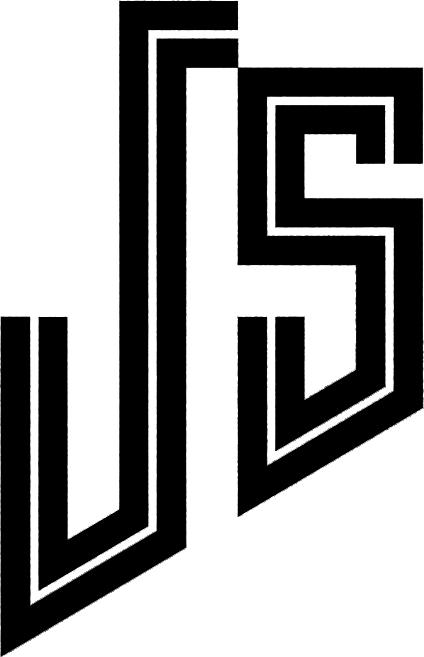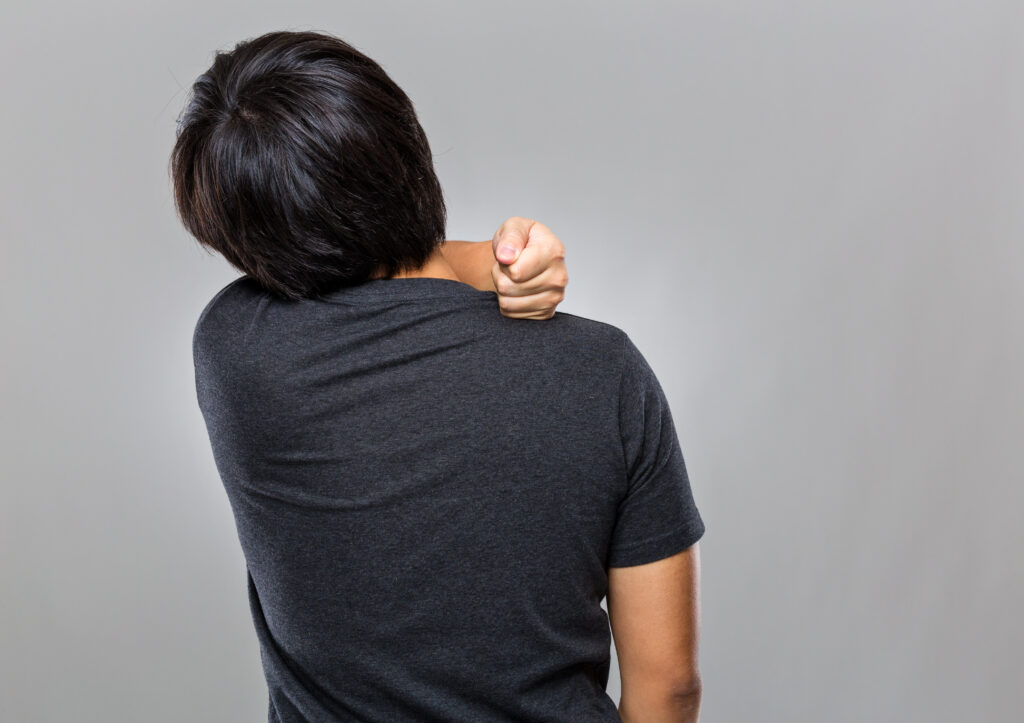Shoulder joint pain is a common problem that affects people of all ages and backgrounds. If you have experienced shoulder pain before, you KNOW how frustrating it can be when you want to do simple tasks such as lifting your arm to reach for a coffee mug!
But what people don’t realize is that your pain could be down to many factors that aren’t directly related to the shoulder.
The shoulder joint is a ball and socket joint, which allows for movement in multiple directions.
Like any other joint, pain can indicate specific issues and problems.
Shoulder joint pain can be caused by the following:
- Sprains.
- Tears.
- Tendon injuries.
The shoulder joint is closely attached via a selection of muscles to the mid-spine, neck, shoulder blade, and even down to the pelvis (check out a muscle called the latissimus dorsi!). We sometimes refer to it as ‘The Shoulder COMPLEX’ due to its simple…complexity!
Different sports require the shoulder to be loaded in a variety of directions. In sports such as golf & tennis, the action of swinging a racket or club in a control and fluid manner requires good mobility and stability of the entire body. In athletics, throwing events such as shot put and javelin are the main events where you are likely to obtain a shoulder injury. But you might be surprised that runners can also suffer from injury if they have a stiff mid-back or altered biomechanics that overworks the shoulder. Think connections!
The main causes of pain can be split into two main categories:
1. Lack of stability/strength.
When talking about strength, it’s not just about your muscles. When we talk about “getting stronger,” we don’t recognize the involvement of the joints that support the muscles in motion. Your joints must also be able to bare the rigor, or you are setting yourself up for experiencing pains and discomforts. What about your brain, your vision & your intentions – do these also play a role in how your body reacts to a given sporting situation? Absolutely…being strong is a lot more than just about how big your muscles are.
2. Lack of Mobility
Have you ever tried to bend a thick rubber in multiple directions?
What happens after you bend it past its mobility and flexibility limit…?
It BREAKS! Rips in half.
If your shoulders get forced beyond their mobility limit, your shoulder soft tissue will become like this rubber…
Ouch!
In sports such as tennis or golf, you need flexibility in your shoulder joints, but also all the other joints connected to the shoulder, such as the mid-spine, neck, and even the pelvis and hips, so that you can hit the ball effectively. If you start doing heavy shoulder presses in the gym, this may not be ideal for the task you are training for. When training for your sport, make sure your movements are sports-specific so that you can maintain your flexibility and range of motion while your body stays authentic to the mechanics required by that sport.
As you might have noticed, the body is a whole unit that operates and functions in relation to one another. There are many muscles that connect to your shoulder, and your shoulder is linked to other bone structures. When you have weaknesses or lack of mobility, your shoulder compensates and overworks, leading to injury.
Our treatment, training, and rehabilitation approaches are based on some key elements:
- The Multiple Dimensions of our human movement.
- The interconnectedness of the human body.
- The different mechanics of different sport types.
Let us help you treat your shoulder joint pains. Come see us at the Joint Space.
Click the link below to find out more information about how we can help you.


